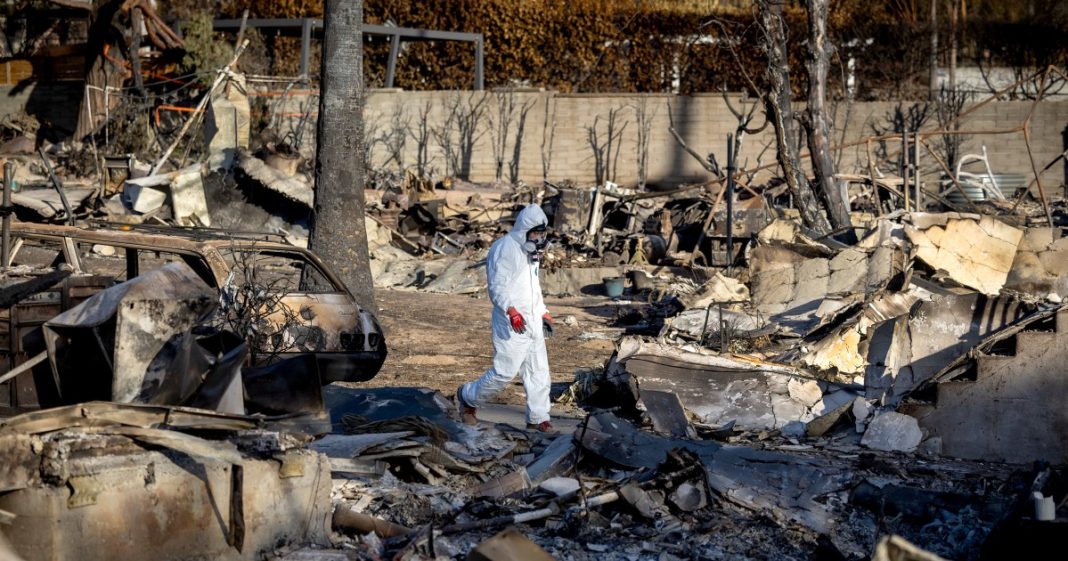Key Takeaways
- The first half of 2025 was the costliest ever for US weather disasters, with 14 events exceeding $1 billion in damages.
- Nonprofit Climate Central revived a key NOAA database after the Trump administration canceled the program.
- January’s Los Angeles wildfires caused over $61 billion, becoming the most expensive wildfire event on record.
The first six months of 2025 have become the most expensive period for weather and climate disasters in United States history, according to new analysis from Climate Central. This crucial data nearly disappeared after the Trump administration terminated NOAA’s billion-dollar disasters tracking program earlier this year.
Database Rescued After Federal Cuts
When NOAA canceled its program tracking weather events causing at least $1 billion in damage, lead researcher Adam Smith left the agency. Climate Central promptly hired him to rebuild the database dating back to 1980.
Jennifer Brady, senior data analyst at Climate Central, explained their motivation: “This has always been one of our favorite datasets. It’s told so many different stories. It tells the climate change story. It tells the story of where people are living, how they’re living at risk. We’re happy to bring it back.”
Record-Breaking Disaster Costs
The analysis reveals 14 weather events exceeded $1 billion in damages during January-June 2025. The January Los Angeles wildfires alone caused over $61 billion in damage, making them the most expensive wildfire event ever recorded.
This year is on track to be among the costliest despite no hurricane landfalls in the continental US. Last year, NOAA recorded 27 billion-dollar disasters totaling approximately $182.7 billion.
Political Controversy Surrounding Data
The database faced political polarization. House Republicans had complained about “deceptive data” in 2024, while Senate Democrats recently introduced legislation to restore the program.
A Trump administration official defended the cancellation, citing “uncertainties in cost estimation” and noting the data “serves no decisional purpose and remains purely informational at best.”
Brady countered that Climate Central uses the same methodology and data sources as NOAA’s original database, which always acknowledged population changes and climate variability as cost factors.
Broader Trend: Nonprofits Fill Federal Gaps
Climate Central isn’t alone in replacing discontinued federal climate work. Former NOAA staff launched climate.us to succeed the defunct climate.gov website.
Rebecca Lindsey, who edited climate.gov before her layoff, said: “We’re rescuing this information and making sure when people need answers about what’s happening with the climate, they’ll be able to find them.”
Additionally, scientific societies are creating special climate research collections after the Trump administration effectively canceled the National Climate Assessment.
Walter Robinson of the American Meteorological Society noted: “People are stepping in. As scientists, we do what we can.”




